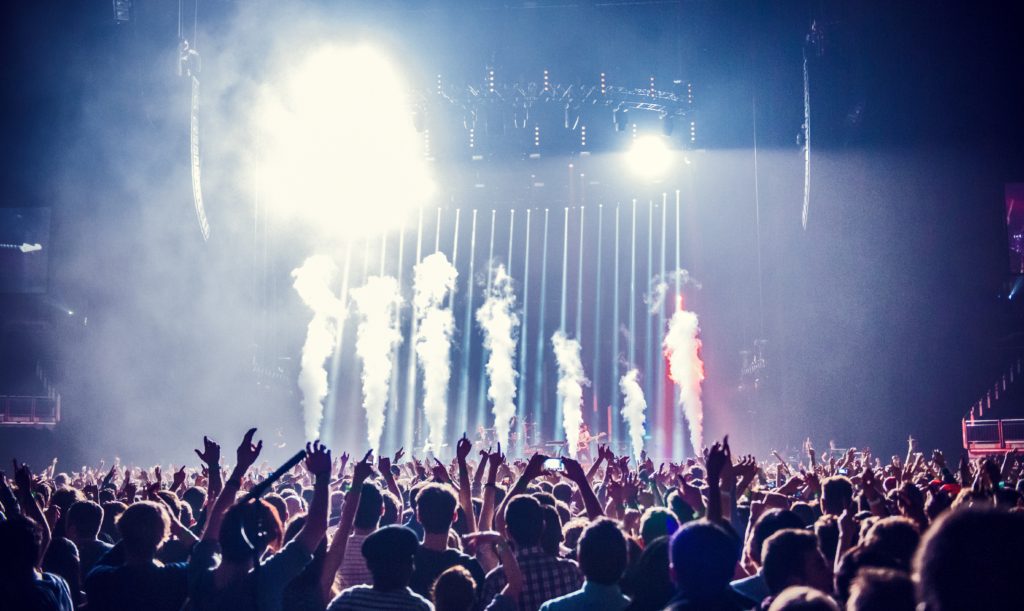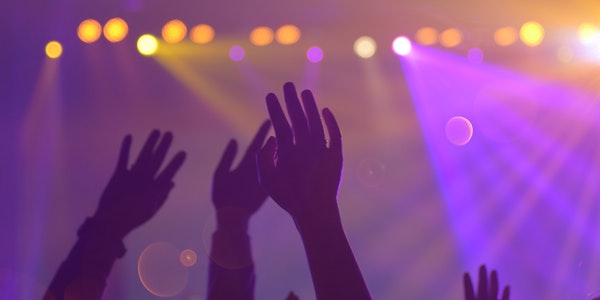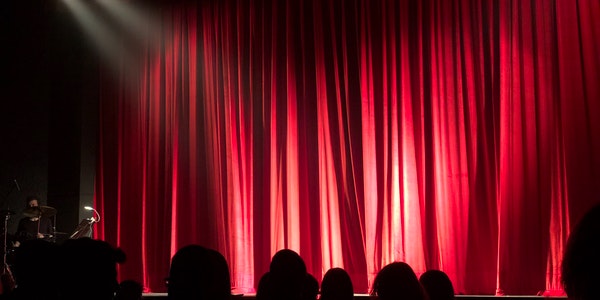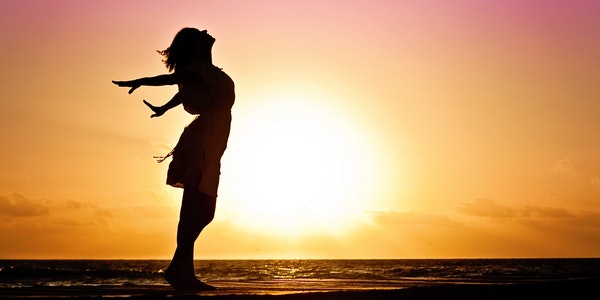Table of Contents
Brief Introduction
Stage photography has long been familiar to people. On the surface, compared with other photography categories (such as portrait photography, landscape photography, etc.), the basic shooting requirements and artistic processing methods of stage photography seem to be no different, but they are not the same after careful analysis. The main difference is that shooting a stage photo often requires feeling and experience to compose the shot in a very short time, and press the shutter quickly. This requires the photographer to have excellent shooting technology and artistic processing skills.
However, there are also rules to follow in the creation of stage photography. Especially in terms of technology, some methods can be the essentials, so that beginners can avoid detours. Taken together, there are four aspects.
1. Selection of Shooting Position and Angle of View
To take a stage photo in a theater or square, you must first choose the shooting position and perspective. Generally speaking, looking for a slightly off-center position will produce good results and will not hinder the audience.
The angle of view is also important. If the viewing angle is too high, the characters will be distorted. The angle of view is too low to see the feet of the characters (partial or close-up shots are another matter), it is better to be able to see the stage surface.

Beginners often like to shoot in the middle of the theater, thinking that they can capture the front of the characters and the complete stage scene. As a result, the body shape of the photographed characters is rigid, the lighting shape is dull, and the picture effect will be mediocre. This is because, usually, the layout of stage lighting is that the frontal light is stronger, and this frontal light will weaken the sketch relationship of the characters. The sense of space and layering of the character modeling will be diluted, and the light and shadow effects will also be dull.
And choose a slightly biased angle to shoot, the characters have a combination of front light, side light and backlight, plus the abundance of various color light sources, the layering and light and shadow effects of the picture will naturally be reflected, especially the flow of space. will strengthen.
2. Try to Stabilize the Camera as Much as Possible
To take good stage photos, camera stability is very important. Usually, when taking stage photos, the shutter speed is often controlled at about 1/60 of a second. This is to make the photos taken have both a clear subject image and a sense of flow.
To achieve these goals, the shutter speed of l/60 seconds (especially below 1/60 seconds), the stability of the camera obviously cannot be ignored. Another factor is that in order to achieve the effect of changing the real and virtual images, the aperture should be enlarged as much as possible. Doing so will shorten the depth of field, and if the camera shakes a little, the clarity of the picture will suffer. Therefore, it is very important to increase the stability of the camera with the help of a tripod or monopod.
![]()
![]()
3. Do Not Use Flash for Exposure
Stage photography has gradually developed from a simple recording type in the past to a creative type. This change is also the process of stage photography turning from practicality to artistry.
Shooting with flash is nothing more than wanting to make the picture clearer. The consequence of this is that the light of the flash dilutes the unique lighting and color effects of the stage, or even completely loses the stage effect. And these effects are precisely the essence of stage photos.
Therefore, strictly speaking, it is not appropriate to use flash when shooting stage photos. Of course, sometimes because the light on the stage is too low, or just to take a still photo. You can also use the flash, but the photo will definitely lose the stage effect.
4. Setting the Right Aperture is Important
Aperture setting
Aperture, as a means of controlling depth of field, is also quite learned in stage photography. If used properly, the photos will have better results.
In live shooting, there is a certain distance between the camera and the stage, plus the stage itself has a depth, the sum of the two is generally more than 10 meters. If you don’t use a large aperture, the pictures taken will be unobstructed before and after, lacking a sense of primary and secondary, let alone changes in reality.
![]()
![]()
Especially in non-theater (such as stadiums, squares, etc.) to take stage photos, most of the background (sky curtain) is relatively simple. If we take the background clearly into the picture, it will inevitably affect the overall effect of the photo.
By using the method of magnifying the aperture to control the depth of field, the background can be blurred. The blurred background highlights the subject in front, and the blurred effect of the blurred background has a more formal aesthetic.
Aperture and Shutter Speed
Proper use of the aperture is important even when shooting stage photos in a formal theater. Because the shutter speed is controlled at about 1/60 of a second, the aperture should be adjusted with the intensity of the stage light. This adjustment should not only adapt to the shutter speed determined by the speed of the characters on the stage, but also take into account the different depth-of-field effects caused by the size of the aperture.
Setting the aperture too wide may underexpose. If the aperture is too small, the effective range of depth of field will be too long, and the background will not be blurred. It is a consensus that you need to open a wide aperture when taking stage photos. But in the end how much aperture is appropriate, should be based on the actual shooting needs. According to what kind of picture effect the photographer needs to achieve, it determines how large we should open the aperture , and the corresponding shutter speed is set. The size of the aperture will directly affect the effect of the picture.
